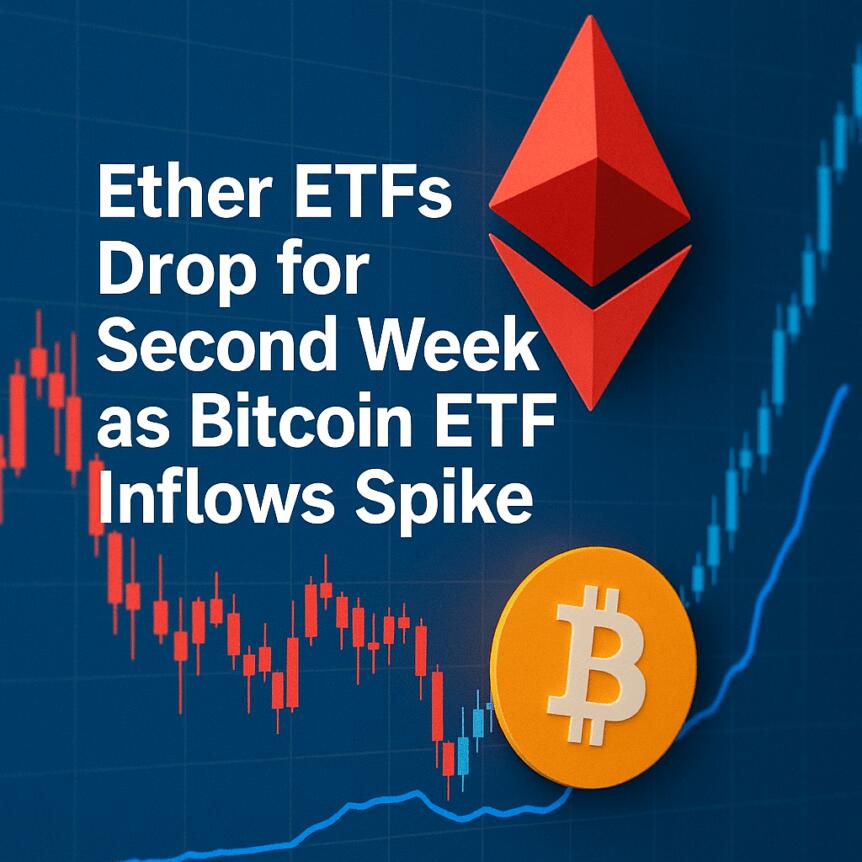Tether Unveils QVAC Genesis I: World’s Largest 41B-Token AI Dataset for STEM Models

- Tether Data’s QVAC division unveils Genesis I, a massive 41 billion-token synthetic dataset for STEM-based AI training.
- QVAC Workbench app introduces a local, private, on-device AI experience for users worldwide.
- The initiative marks Tether’s move toward decentralized, user-owned artificial intelligence.
Tether Data has taken a major step into artificial intelligence with the launch of QVAC Genesis I, described as the largest synthetic dataset ever created for AI training. Developed by its research division, QVAC, the dataset holds more than 41 billion text tokens, representing a new milestone in machine learning for science and education.
Each token functions as a small piece of text that helps AI models learn how language, logic, and reasoning connect. By training on such a massive dataset, AI systems can improve their understanding of complex subjects in mathematics, physics, biology, and medicine.
Tether said the dataset has undergone extensive validation and outperforms current public training data in problem-solving accuracy and reasoning strength.
The company emphasized that QVAC Genesis I is the first open and education-focused synthetic dataset built to fill gaps in current public resources. It’s not just about scale but about returning control of AI development to independent researchers and institutions instead of major corporations.
Tether Challenges Centralized AI Data Dominance
This initiative by Tether comes at a point where AI infrastructure is getting more centralized by the day. This means that only a few firms control access to top-notch information and training. This was explained by the CEO of Tether, Paolo Ardoino, while releasing the initiative.
QVAC Genesis is a project that seeks to give the general public access to structured learning materials that have been validated by making valid scientific and educational content amenable to being processed by AI.
According to the company, the dataset contains information that aids reasoning and analysis rather than simple text prediction to help AI think instead of mere response imitation.
This strategy also complements the plan of Tether to create a decentralized technology that supports privacy and transparency due to its strong control of the stablecoin market, where USDT remains at the top with a gigantic market capitalization by a huge margin.
QVAC Workbench Brings AI to Every Device
Alongside Genesis I, Tether Data launched QVAC Workbench, a local AI workspace built for smartphones and computers. This is a local AI environment that can run on smartphones and computers. This app supports various language models such as Llama, Qwen, SmolVLM, and Whisper. This enables users to perform AI-related activities that don’t involve external servers.
Available on Android and desktop platforms, with iOS to follow, Workbench protects all user interactions so that everything remains private and local. One of its most unique features is ‘Delegated Inference,’ which enables users to connect their mobile applications and desktop apps to access computing power easily.
Also Read: Tether Launches Powerful Open-Source Wallet Kit to Revolutionize USDT Ecosystem
You May Also Like

Fed rate decision September 2025

Twee weken stilte op de Bitcoin markt: wat zegt de data?
